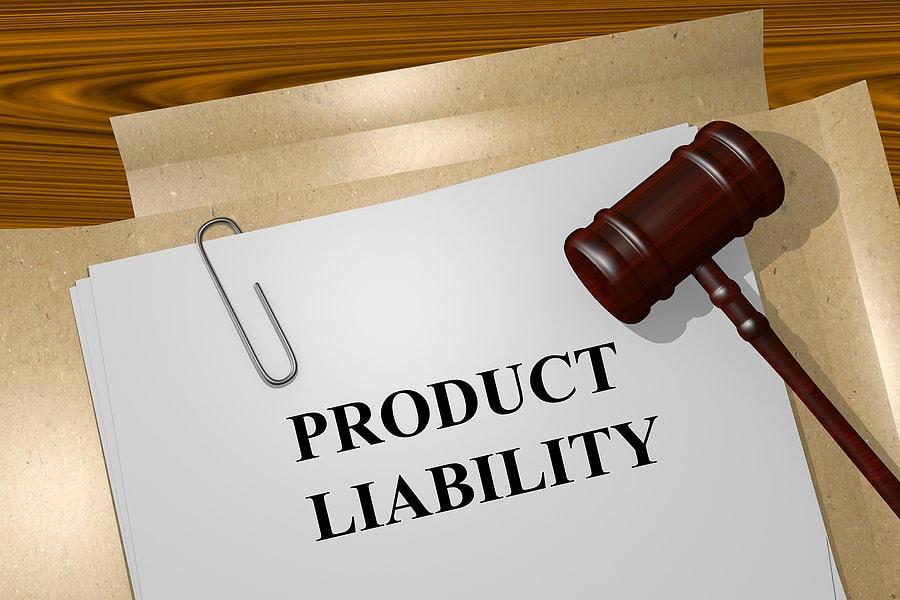
After buying a product, you expect it to work perfectly and safely as advertised. However, this is not always the case. A product can be dangerous because of a mistake made by the manufacturer. If someone gets hurt because of this, the manufacturer can be held legally responsible. This is where the whole concept of product liability cases comes in. To help law firms communicate these complex legal concepts clearly to clients and the public, hiring a marketing agency for law firms can raise visibility and strengthen communications around product liability issues.
Recent data from 2022 compiled by ConsumerShield shows that around 5,830 product liability cases were filed in the U.S. in 2022. When you get injured from a defective product, you should hire a product liability attorney. They will investigate the case, determine the type of product defect, and sue the responsible party. The three types of defects you can sue for are discussed below.
1. Design Defects
A design defect happens when there is something wrong with the product’s basic design. This means that the product was dangerous even before it was made.
For example, if an SUV is designed with a high center of gravity that tends to roll over easily, then that is a design defect. Another instance is a couch made of a highly flammable material. It doesn’t matter how carefully the SUV or coach was built. Since the core design was flawed, people can easily get hurt.
In such cases, the person filing the lawsuit has to prove that a safer design was possible. They also have to show that the dangerous design led to their injuries. In states like Alaska, Hawaii, and California, the defendant is also required to justify why there was no defect in the product’s design.
2. Manufacturing Defects
A manufacturing defect happens when a product was not made correctly even though the design was safe. This typically affects only a few products in a batch and not every item.
Let’s take an example where Company A produces bicycles with a solid design. Every bicycle turns out fine, but one has a cracked frame. If someone gets injured because of this frame, then it can be considered a manufacturing defect.
Despite the fact that the company did not plan for the bike to be unsafe, they can still be held responsible for the injury caused by the mistake during production.
3. Marketing Defects
A marketing defect, also called the failure to warn, is when a product does not come with proper instructions or warnings. Sometimes, even a well-made product can be very dangerous when not used correctly. That’s why manufacturers are required to have clear labels, instructions, and safety warnings.
For instance, if a company is manufacturing a powerful cleaning product, they should have a label that warns users to wear gloves and masks to prevent inhaling the fumes. If there is no such warning and you get hurt from the harsh chemicals, you may sue the company for not informing users about the risk. Another example is taking a drug with extreme side effects that put you at risk. If the pharmaceutical company did not include these downsides, then a customer can sue for failure to warn.
However, the victim is required to prove that there was no way an ordinary user could have realized the danger.
Conclusion
The law gives consumers the right to hold manufacturers accountable for their oversight and negligence. Therefore, if you think a defective product caused your injuries, consult an attorney to explore your best legal options.